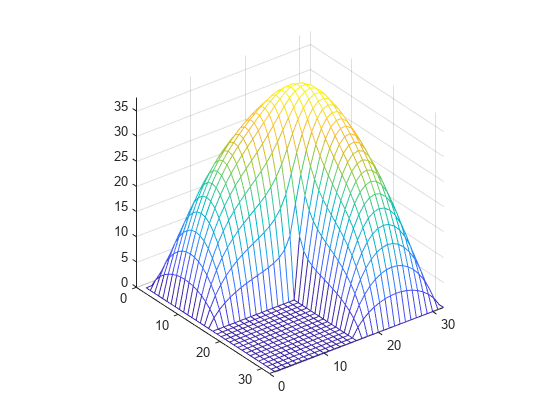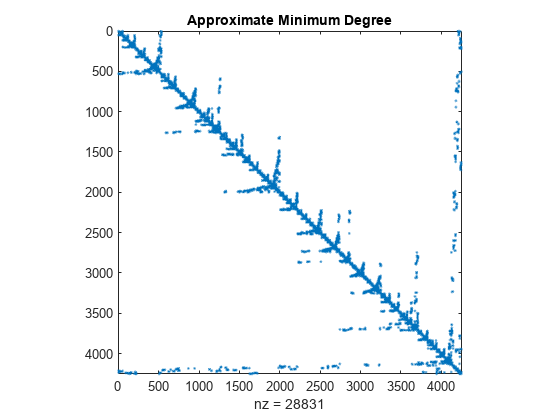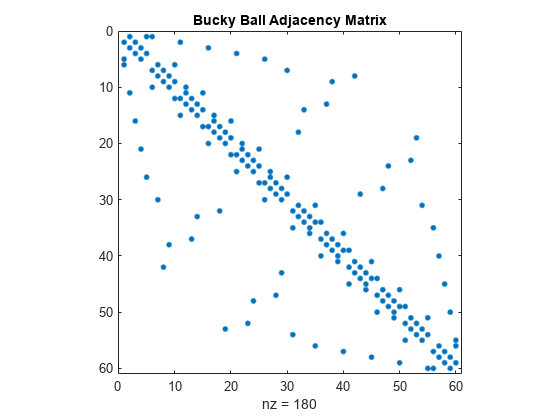Sparse Matrices
Sparse matrices provide efficient storage of double or
logical data that has a large percentage of zeros. While
full (or dense) matrices store every single element
in memory regardless of value, sparse matrices store only the nonzero
elements and their row indices. For this reason, using sparse matrices can significantly reduce
the amount of memory required for data storage.
All MATLAB® built-in arithmetic, logical, and indexing operations can be applied to sparse matrices, or to mixtures of sparse and full matrices. Operations on sparse matrices return sparse matrices and operations on full matrices return full matrices. For more information, see Computational Advantages of Sparse Matrices and Constructing Sparse Matrices.
Functions
Topics
- Constructing Sparse Matrices
Storing sparse data as a matrix.
- Computational Advantages of Sparse Matrices
Advantages of sparse matrices over full matrices.
- Accessing Sparse Matrices
Indexing and visualizing sparse data.
- Sparse Matrix Operations
Reordering, factoring, and computing with sparse matrices.
- Iterative Methods for Linear Systems
One of the most important and common applications of numerical linear algebra is the solution of linear systems that can be expressed in the form
A*x = b. - Sparse Matrix Reordering
This example shows how reordering the rows and columns of a sparse matrix can influence the speed and storage requirements of a matrix operation.



